
Time leaves its mark on everything. Even castles, palaces, and fortresses that seem so strong and grandiose they are unshakable. But the passing of decades, political upheavals, and years of neglect can make even a royal residence unrecognizable. In some cases, one can find nothing but a mere wall where incredible structures once stood. In the article below we listed some of the oldest structures around the world, side by side with digital reconstruction of how they looked in their glory days.
From Belarus to Haiti, this is how time transformed the most beautiful palaces around the world.


Ruzhany Palace was built in the late 16th century by the Sapieha family - power-brokers of the Polish-Lithuanian Commonwealth - over the site of their earlier estate. In it, one can find a large library and a picture collection. In its heyday, Ruzhany’s famed theater employed 100 performers.
In 1831, the palace was leased to the Pines family as a textile factory, bringing wealth to the local Jewish community. Ruzhany’s palace, the local Jewish community, and political independence all came to a violent end during World War II. Today, the region is under the territory of Belarus, and Ruzhany Palace is being gradually restored.


While Henri Christophe's legacy is somewhat debatable, the beauty of this palace is not. Called the “Versailles of the Caribbean,” the palace’s majestic steps and terraces are an impressive monument to Haitian Independence.
Related: 12 Amazing Digital Reconstructions of Medieval Castles
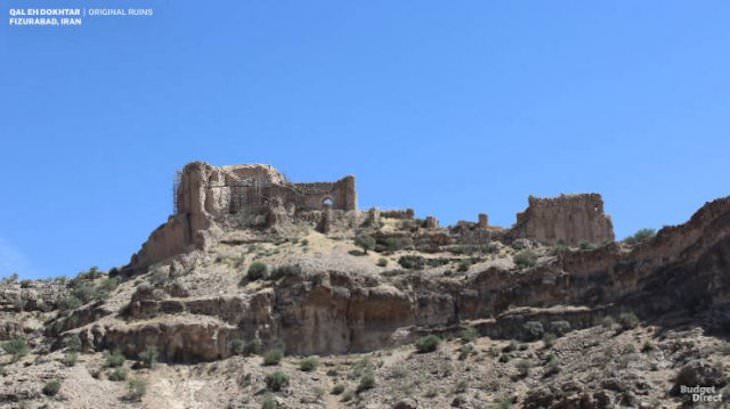

King Ardasir I built Qal’eh Dokhar I as a “barrier fortress” during his 3rd century founding of the Sasanian Empire in Iran. The third floor of the fortress was used as his royal residence, but eventually, it was replaced by a greater palace built nearby.
Because it is fortified, Qal’eh Dokhtar is technically defined as a castle and not as a palace. Technicalities aside, its stunning appearance is likely what caused the term ‘palace’ to stick. Qal’eh Dokhtar boasts perhaps the earliest example of an Iranian chartaq—a square of four arches supporting a dome—which became an important feature of traditional Iranian architecture.


Knossos is the oldest palace featured on this list by two whole millennia. Constricted circa 1700 BC, it was designed as an economic and religious center for the mysterious Minoan civilization. After surviving invasion, fire, and an earthquake, Knossos was destroyed circa 1375 AD.
Without a way to decipher Minoan writings, the ruins of the palace and the striking frescos that survived are key to understanding Minoan culture. One fresco, for example, depicts the sport of bull-leaping. This sport may have given rise to the Minotaur legend—a half-man/half-bull from later Greek mythology.
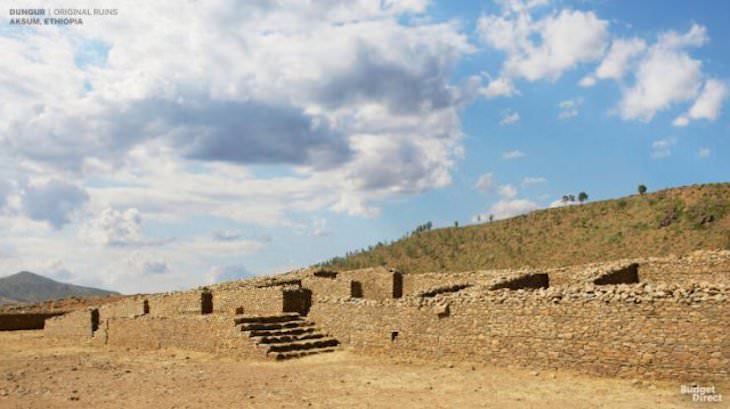
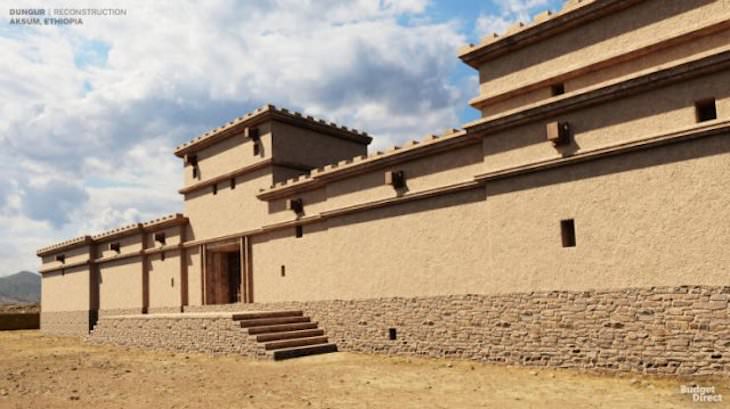
Dungur Palace is located in the Ethiopian village of Aksum - once the bustling capital of an African empire stretched from southern Egypt to Yemen. The 6th-century mansion contains approximately 50 rooms, including a bathing area, kitchen, and (possible) throne room.
Little is known about the history of the building itself. Its nickname—“the Palace of the Queen of Sheba”—is rooted in folklore. However, a carving reading “beautiful woman” was discovered during a recent excavation. It has fueled hope that remains of the queen’s real residence may hide beneath Dungur.
Related: Digital Reconstructions of the Ancient World's 7 Great Wonders
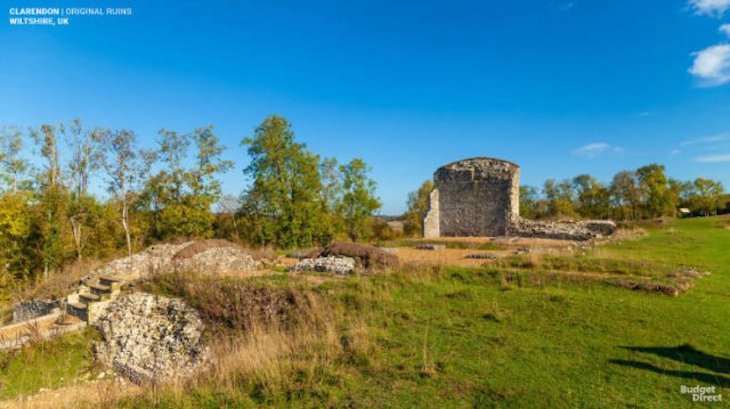
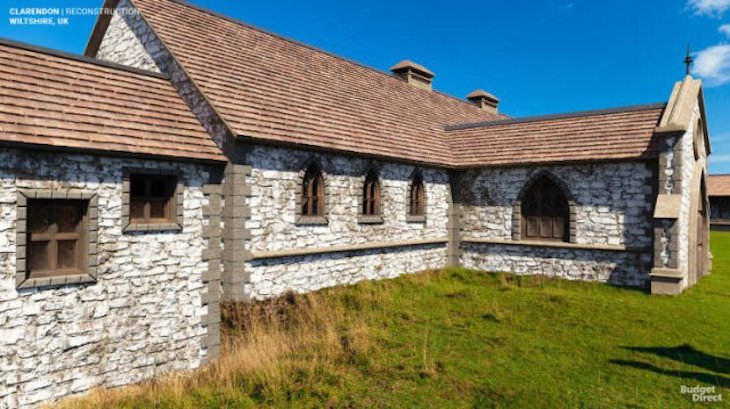
Despite the composition of a very significant English legal document within its halls, this 12th-century palace is nearly forgotten. The ‘Constitutions of Clarendon’ were Henry II’s attempt to gain legal authority over church clerks, but instead, it resulted in a feud with his friend Thomas Becket.
Henry III expanded the palace, commissioning a carved fireplace and stained glass chapel. By the 1400s, Clarendon was a sprawling royal complex. It remained a favorite retreat of monarchs until the Tudor era when the high cost of upkeep resulted in its rapid decline. Today, only a single wall remains above ground.
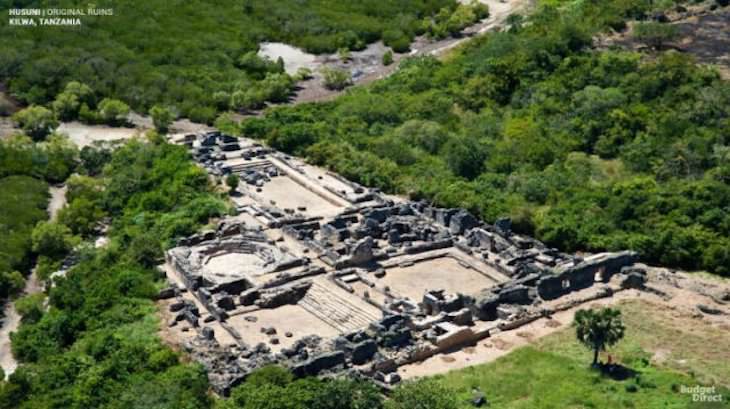

The island of Kilwa Kisiwani was once a medieval sultanate and an essential stop along the “Swahili Coast” trade network, linking East Africa to the Arabic world. For over 300 years, its ports were used to export ivory and gold, while Chinese silk and porcelain flowed in. The 14th-century palace at Husuni Kubwa is just one of many coral stone ruins that dot the island.
Husuni Kubwa was built by Sultan al-Hasan ibn Sulaiman. It had over 100 rooms, an octagonal swimming pool, and a staging area for loading goods onto ships. Interestingly, Husuni Kubwa, along with other elite dwellings on the island, was also equipped with indoor plumbing.
Share this article with those who love history